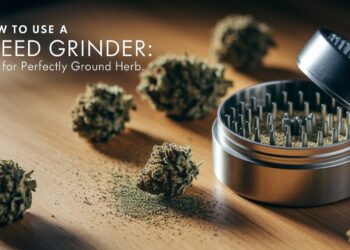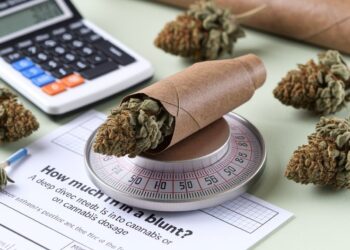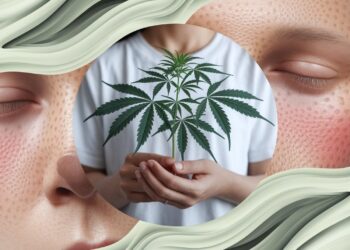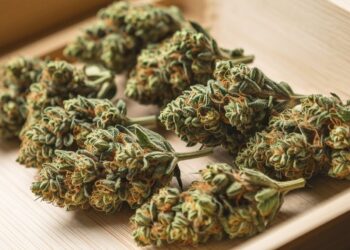You’ve probably heard wild stories about people seeing strange things after smoking cannabis. Maybe you’re wondering, are these tales true, or just exaggerated myths? The truth is, there’s a lot of confusion and mixed information online.
We get it, you’re looking for honest facts, not hype or fear-based claims. That’s exactly what this article delivers.
We’ll break down what science says about cannabis and visual experiences. You’ll learn when perception changes might happen, what they feel like, and how they differ from true hallucinations. We’ll also explore the factors, like dose, strain, and tolerance, that influence these effects.
Our goal is simple: to give you accurate, research-based information you can trust. We’ve looked at expert insights, clinical studies, and real user stories to separate fact from fiction.
By the end, you’ll have clear answers about cannabis and visual effects, no myths, no guesswork.
Understanding Cannabis and Its Psychoactive Components
Cannabis contains over 100 active compounds. Only some make you high, while others provide medical benefits without altering your mind.
What Makes Cannabis Psychoactive?
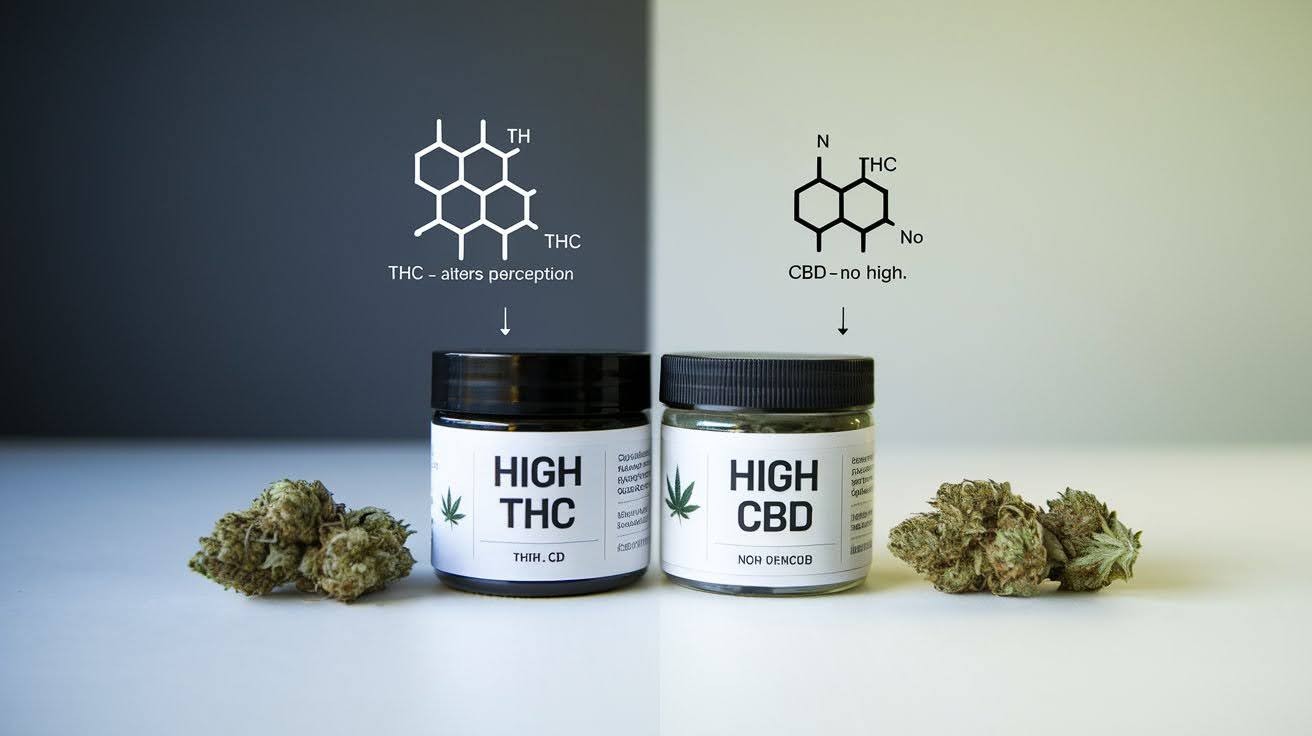
THC is the primary ingredient responsible for the psychoactive effects. This compound, called Tetrahydrocannabinol, creates all the mental effects you feel from cannabis. However, what’s interesting is that CBD works in an entirely different way.
CBD (cannabidiol) won’t make you see things that aren’t there. It doesn’t cause hallucinations at all. That’s a key difference between these two compounds. Modern cannabis products vary wildly in their THC levels.
Some contain 5% THC, while others pack over 30%. The stronger the THC, the more intense your experience. THC-to-CBD ratios matter too. Products with balanced ratios often feel milder than pure THC varieties.
How THC Affects the Brain and Perception

When you consume THC, it targets specific brain receptors called CB1 and CB2. These receptors are part of your endocannabinoid system. A network that helps control many body functions.
Your brain naturally produces similar compounds. One is called anandamide. THC mimics the effects of anandamide, but with greater potency. THC hits your occipital lobe particularly hard.
This area processes what you see. That’s why visual changes happen. THC also triggers dopamine release. This affects how your brain interprets reality and processes sensory information.
The Science Behind Cannabis-Induced Hallucinations
Cannabis rarely causes true hallucinations. Most “visual effects” are distortions, and understanding the difference could keep you safe.
Evidence That Cannabis Can Cause Hallucinations
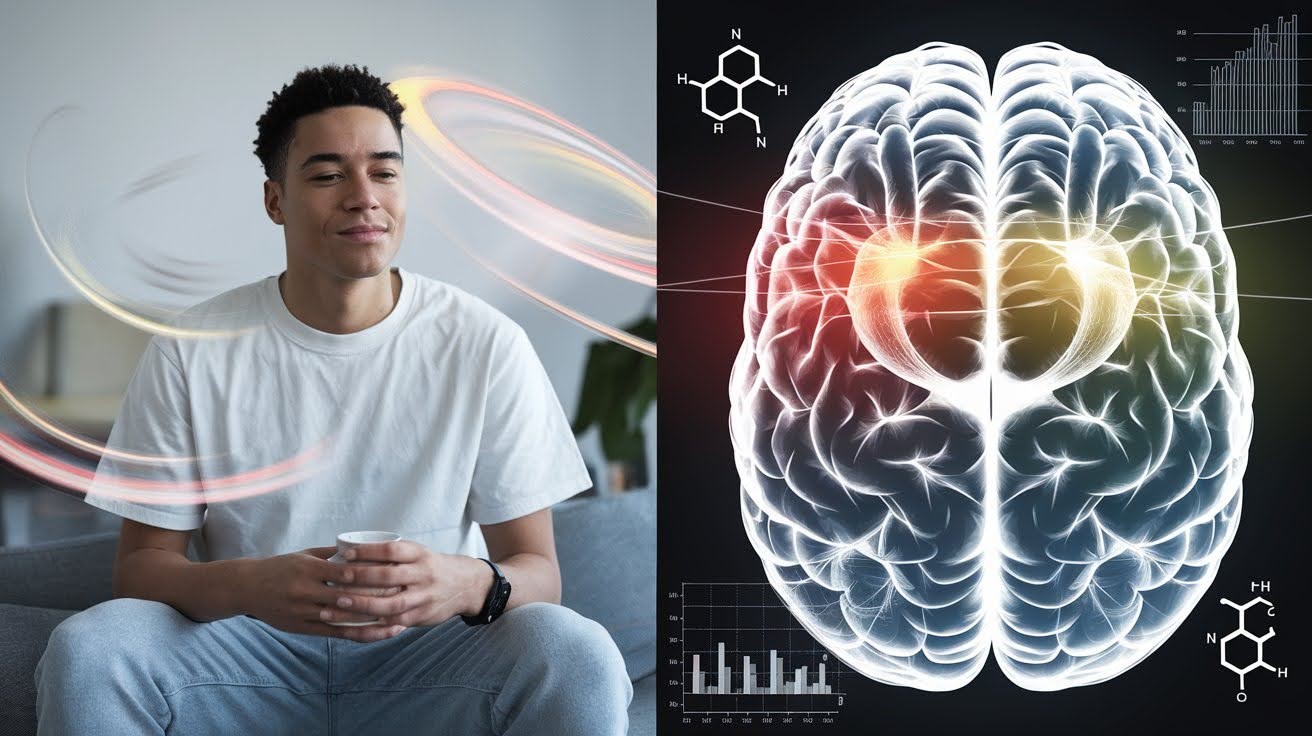
Yes, science confirms cannabis can cause hallucinations. Controlled studies have documented this effect in laboratory settings. One striking case involved a healthy 30-year-old man. He took just 25mg of THC and experienced both visual and auditory hallucinations within hours.
What surprised researchers? His blood THC levels were completely normal. This showed that hallucinations can happen even with typical cannabis concentrations.
But here’s the critical part: this rarely happens to healthy people. Most users with no history of mental health issues won’t experience true hallucinations.
Types of Hallucinations Cannabis Can Cause
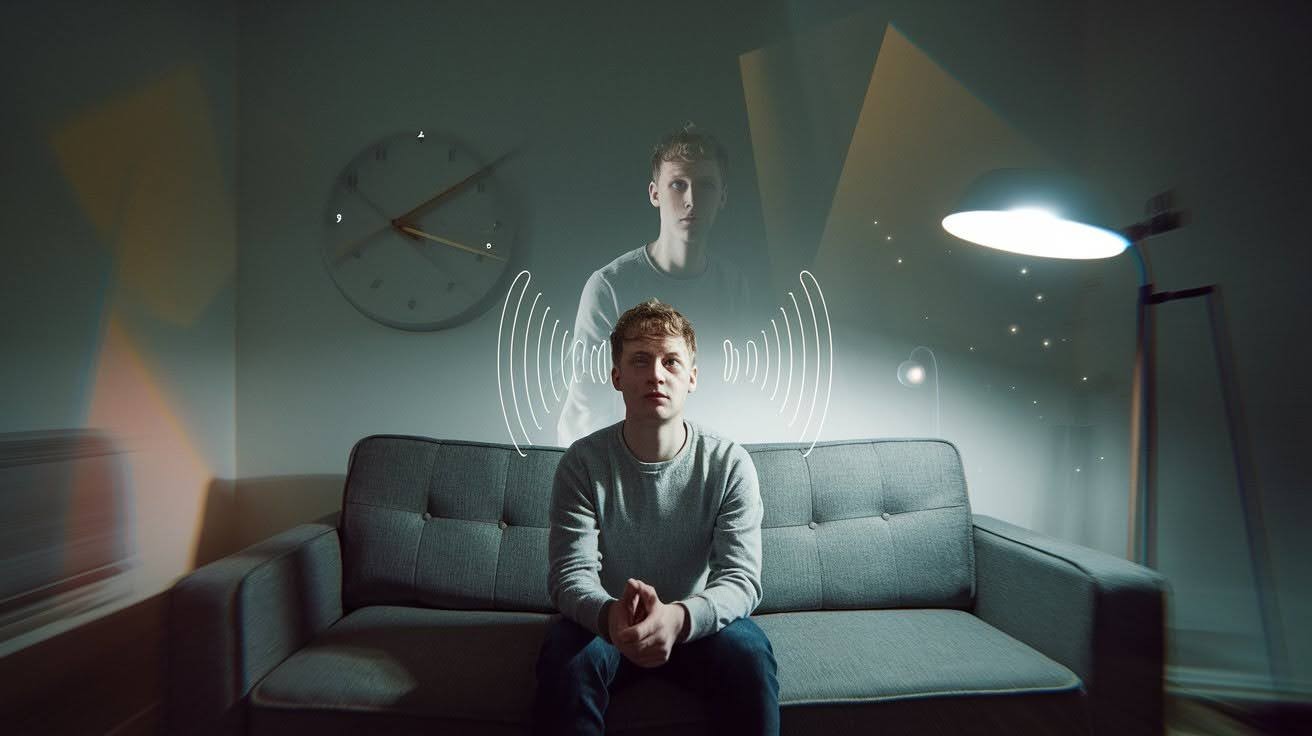
Visual changes are most common. You might see:
- Colors that seem brighter or more intense
- Patterns that shift or move
- Objects that appear larger or smaller than normal
Sound processing gets weird, too. Many people report being extra sensitive to noise, and some struggle to understand spoken words. Your body sense can shift dramatically. Users describe feeling disconnected from themselves or experiencing out-of-body sensations.
Time and space feel different. Some describe their surroundings as “sinking away” or becoming distant.
How Cannabis Hallucinations Differ from Other Drugs

Cannabis works nothing like LSD or mushrooms. Those classic drugs target serotonin receptors and create much more intense visual effects. It’s also different from ketamine or DXM. These drugs block NMDA receptors and cause various types of dissociation.
Cannabis has its unique pathway. It works through cannabinoid receptors, creating a distinct type of altered perception. The intensity is usually lower than that of other hallucinogens. But the quality of the experience is entirely different, not better or worse, just unique to cannabis.
Risk Factors That Increase Hallucination Likelihood
Certain people face higher risks for cannabis-induced visual disturbances. These specific factors can predict who might experience troublesome side effects.
Dosage and Consumption Method
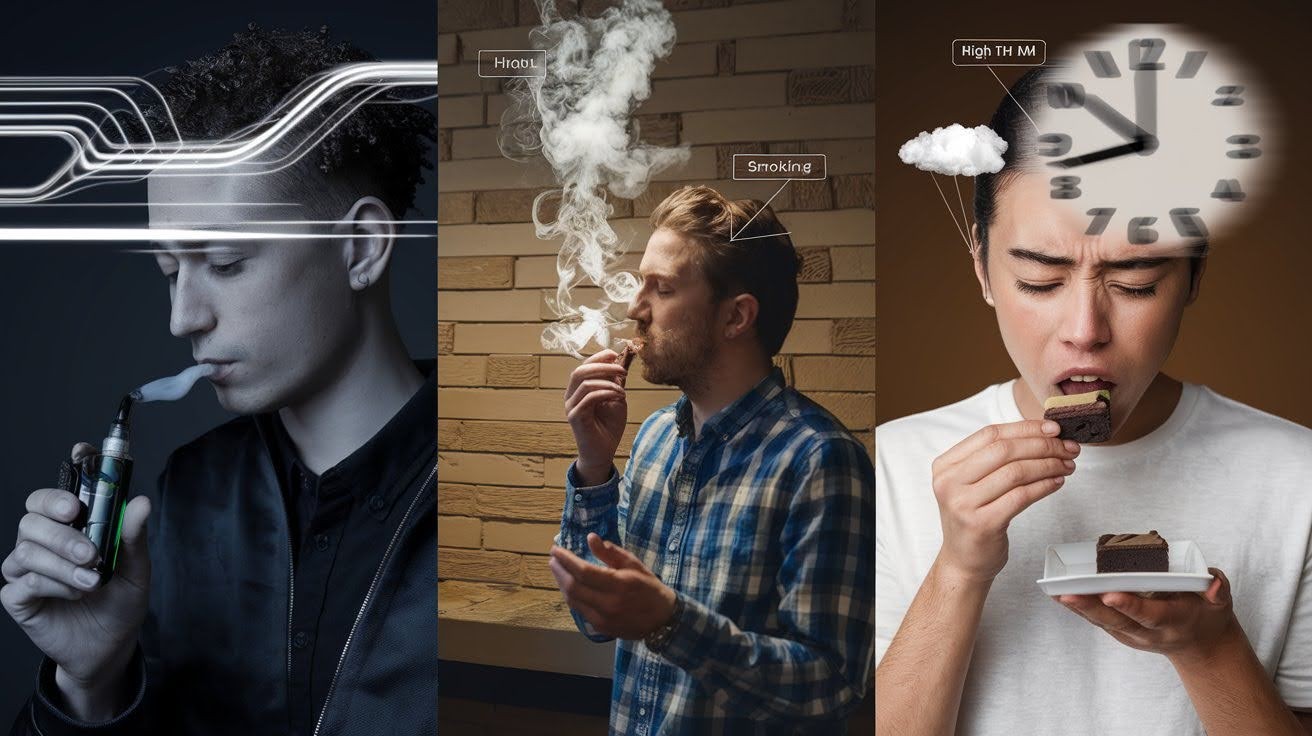
High-potency strains carry more risk. Modern cannabis often contains 13% THC or higher with less than 1% CBD. This combination increases your chances of unusual experiences. How you consume matters too. Vaping hits faster than smoking, creating different intensity levels.
Edibles work entirely differently. They last longer and can catch you off guard hours after consumption. Here’s proof that dosage matters: The exact amount of THC can affect you differently depending on how you take it.
Individual Vulnerability Factors
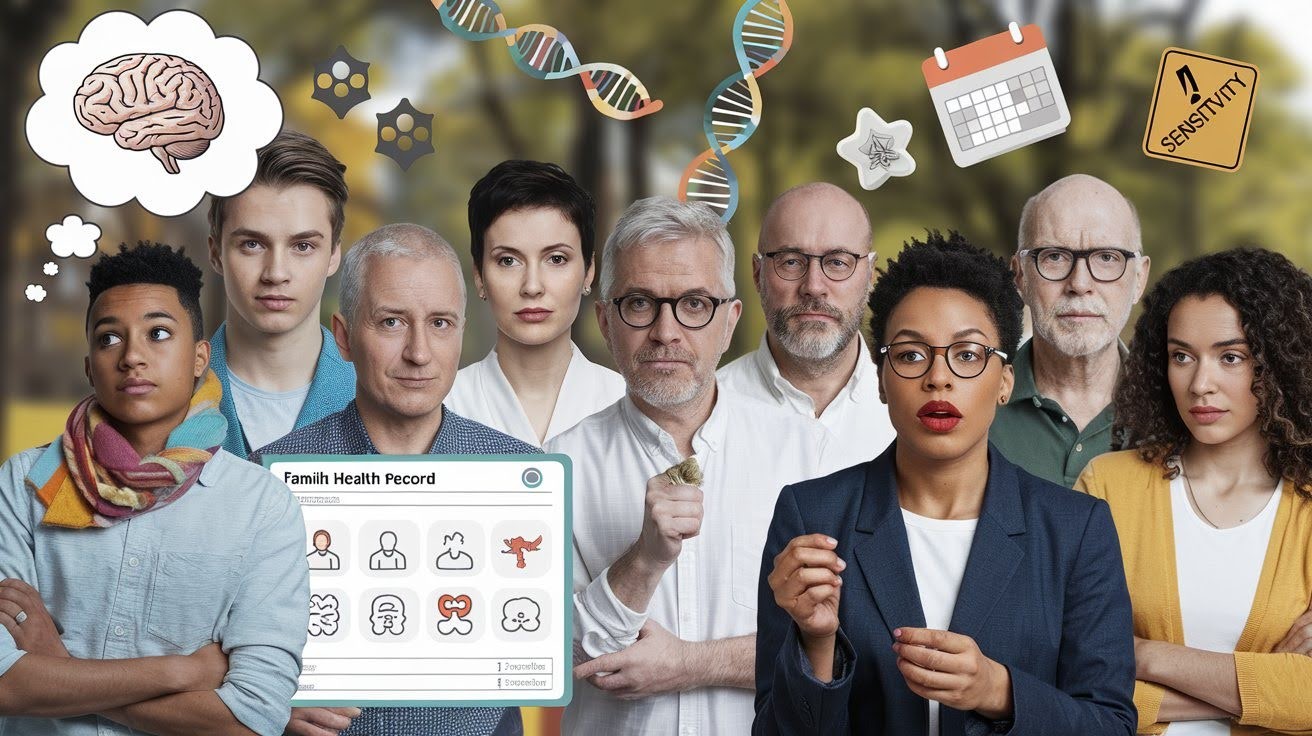
Your genes play a role. Specific variants in the COMT and HTR2A genes affect how your brain processes dopamine. Some people are more sensitive. Mental health history increases risk significantly. If you’ve dealt with psychological conditions before, you’re more likely to experience unusual effects.
Previous drug reactions matter. People who react strongly to other substances often have stronger cannabis responses too. Age is crucial. Teenagers face higher risks because their brains are still developing. Your brain doesn’t fully mature until around age 25.
Frequency changes everything. Daily users experience different effects than occasional users. Studies show 30% of regular users may develop dependency over time.
Environmental and Psychological Factors
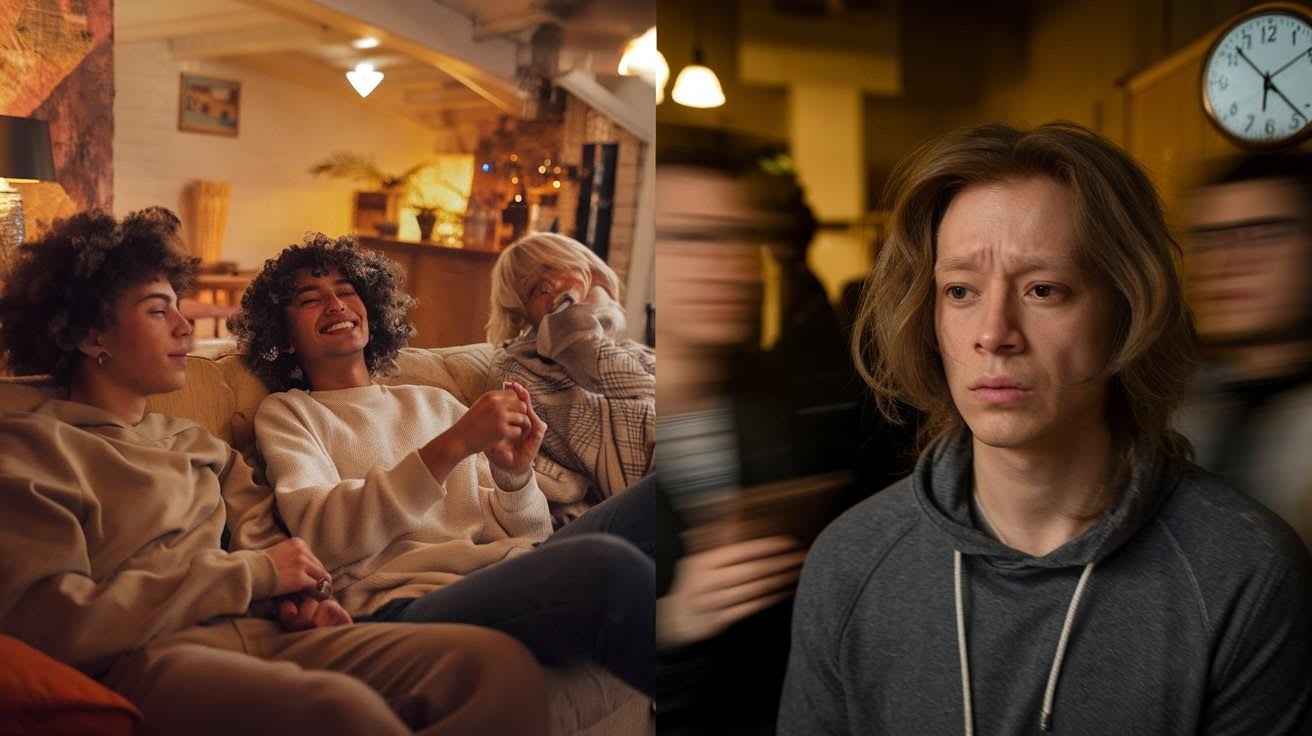
Your surroundings matter more than you think. “Set and setting”, your mindset and environment, can make or break your cannabis experience. Familiar places feel safer. Using cannabis at home versus somewhere new creates completely different experiences. Your comfort level directly affects what happens.
Who’s around you matters too. Being with trusted friends reduces anxiety and weird experiences. Strangers or uncomfortable people can trigger adverse effects. Your mood going in is crucial. Feeling stressed, anxious, or upset before using cannabis?
You’re setting yourself up for a challenging time. A good mental state usually leads to better outcomes.
When Cannabis Hallucinations Become Concerning
Not all cannabis-related visual effects are harmless. Here are the warning signs that mean you need immediate medical attention.
Cannabis-Induced Psychosis vs. Temporary Hallucinations
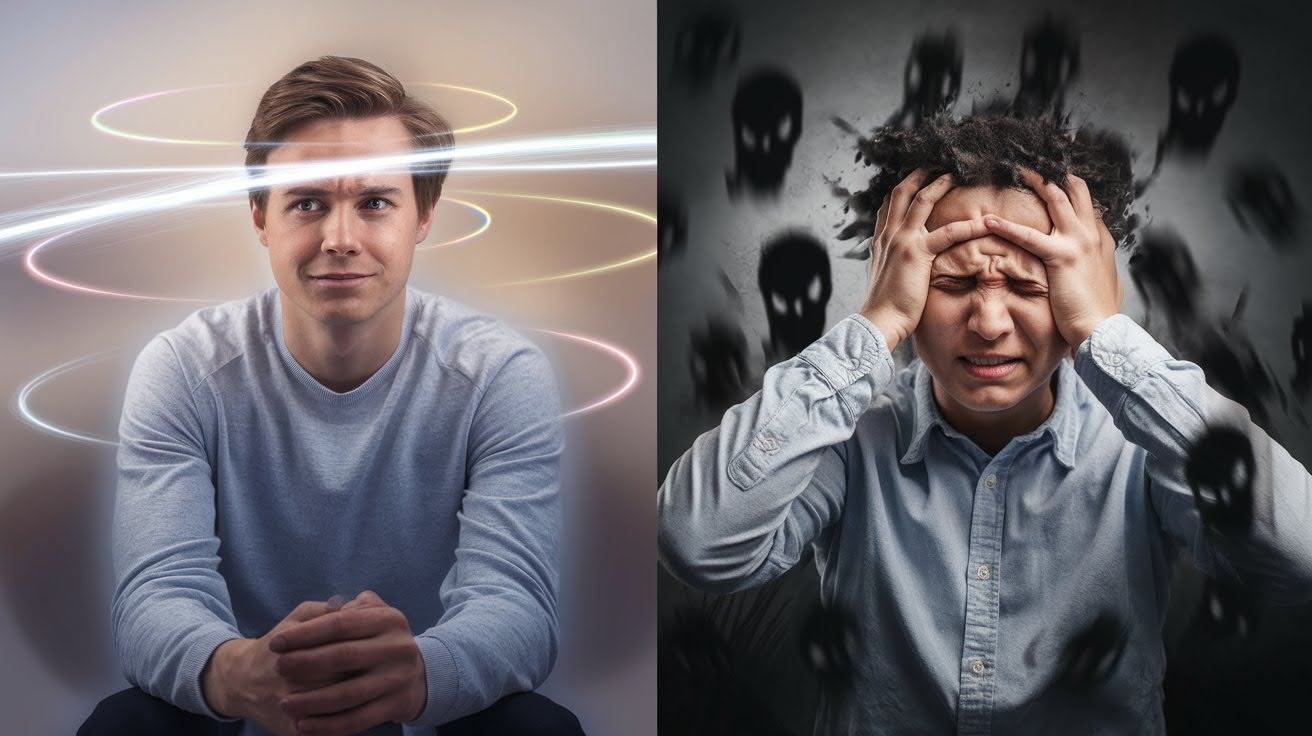
There’s a big difference between seeing colors differently and losing touch with reality. Brief hallucinations usually fade as the THC wears off. Psychosis is much more serious. It involves paranoid thoughts, extreme suspicion of others, and feelings of grandiosity.
You might believe things that aren’t true or think people are plotting against you. Acute episodes happen suddenly and typically resolve within days or weeks. Chronic psychosis lasts much longer and often signals underlying mental health issues.
Here’s what’s scary: Cannabis can trigger psychosis in people who already have hidden mental health conditions.
Warning Signs to Watch For
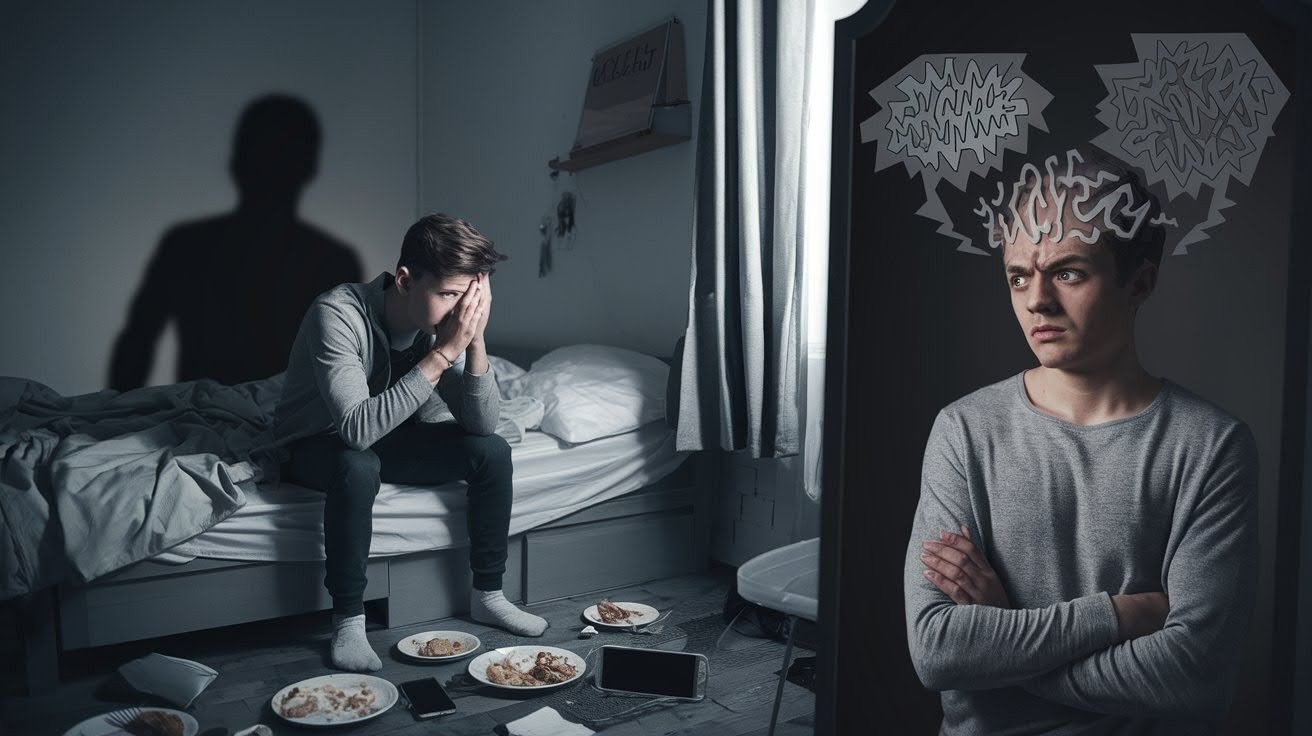
Depression and anxiety getting worse after cannabis use is a red flag. So is pulling away from friends and family. Watch for extreme paranoia. Feeling like everyone’s watching you or talking about you isn’t a normal cannabis effect.
Emotional reactions that don’t align with the situation are concerning. Experiencing extreme anger or sadness over minor things can signal trouble. Thinking becomes foggy. You can’t focus or make simple decisions like you used to.
Speech changes are severe warning signs. Words that don’t make sense or jump between unrelated topics. Most important: These symptoms continuing after you sober up means you need professional help immediately.
Safety and Harm Reduction
Smart precautions can prevent dangerous cannabis experiences. These simple safety steps protect you from serious psychological and physical risks.
Immediate Response to Hallucination Episodes

Stay calm , this is crucial. Find a safe, comfortable place where you feel secure. Your familiar bedroom or living room works best. Drink water and rest. Your body needs time to process the THC. Dehydration makes everything worse.
Call someone you trust. Having a sober friend nearby can help you feel grounded and safe. When should you get medical help? If you feel like you’re in danger, can’t breathe properly, or the effects seem extreme. Don’t hesitate to call for help. Good news: Most cannabis effects are temporary. You’ll likely feel normal within a few hours, not days.
Prevention and Safe Use Practices
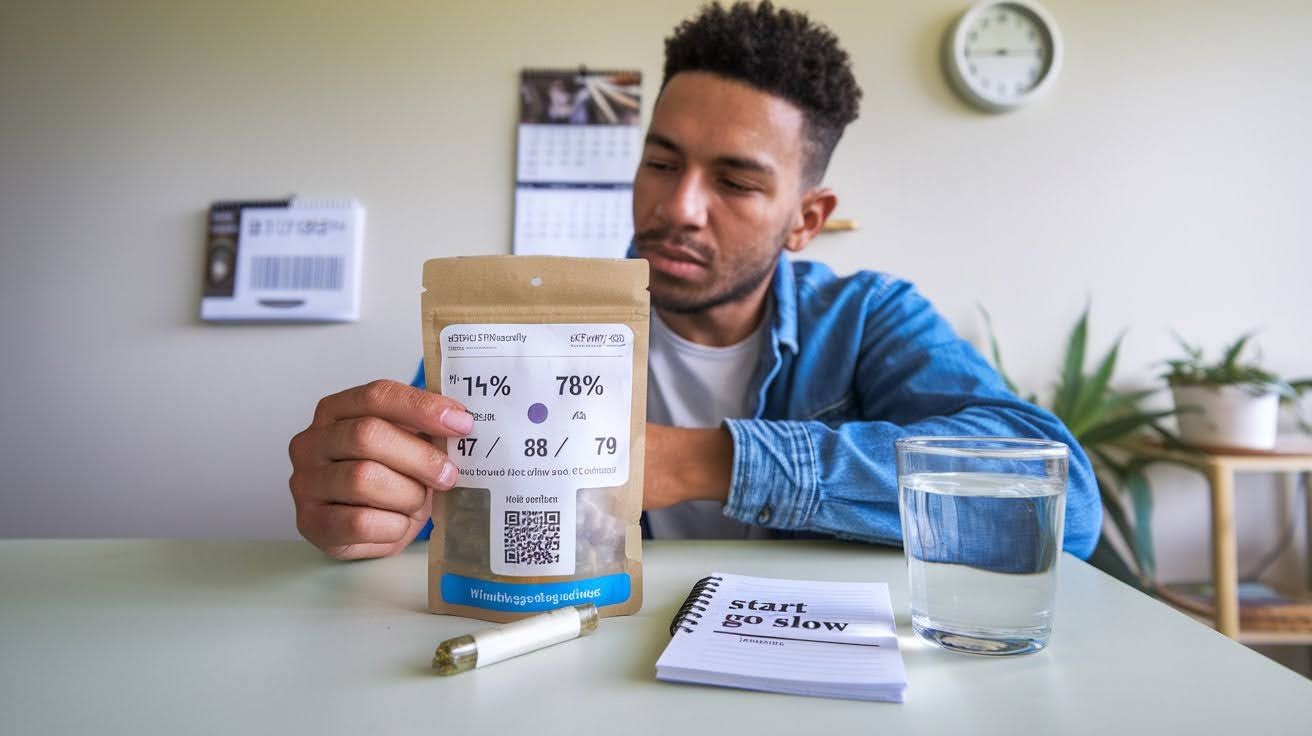
“Start low and go slow” saves you trouble. New users should start with small amounts and wait to see how they react. Know what you’re using. Buy from trusted sources that test their products. Mystery cannabis leads to mystery effects.
Never mix with alcohol or other drugs. This combination dramatically increases your risk of problems. Understand your risks before you start. Family history of mental illness? You might want to avoid cannabis altogether.
Separating Myths from Reality
Cannabis misinformation spreads faster than facts. Let’s examine what science says versus what people believe about hallucinations and safety.
Myth: Cannabis Always Causes Hallucinations
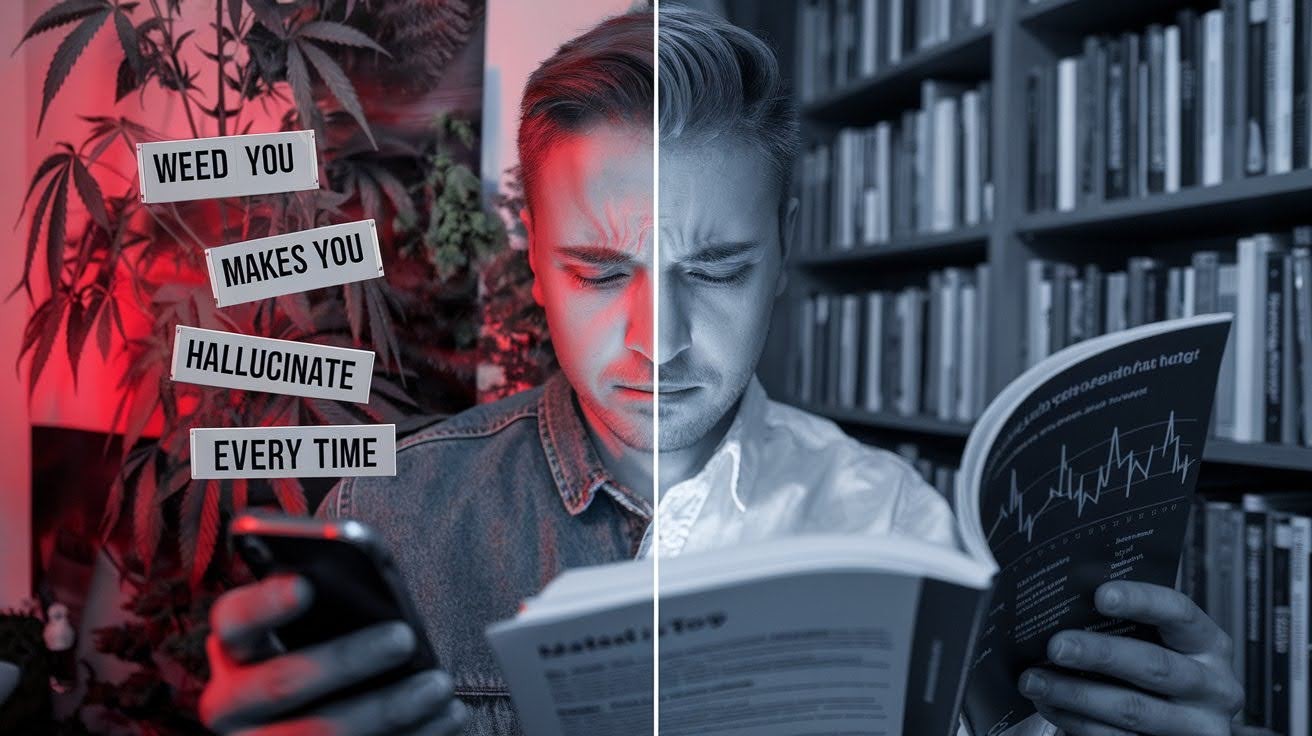
This is entirely false. True hallucinations happen rarely and usually only with very high doses.
Most people notice mild changes, colors seem brighter, music sounds different, or time feels like it’s passing more slowly.
That’s not the same as seeing things that aren’t there. Controlled studies show hallucinations occur in a tiny percentage of users. The vast majority never experience them at all.
Myth: Stronger Cannabis Guarantees Hallucinations
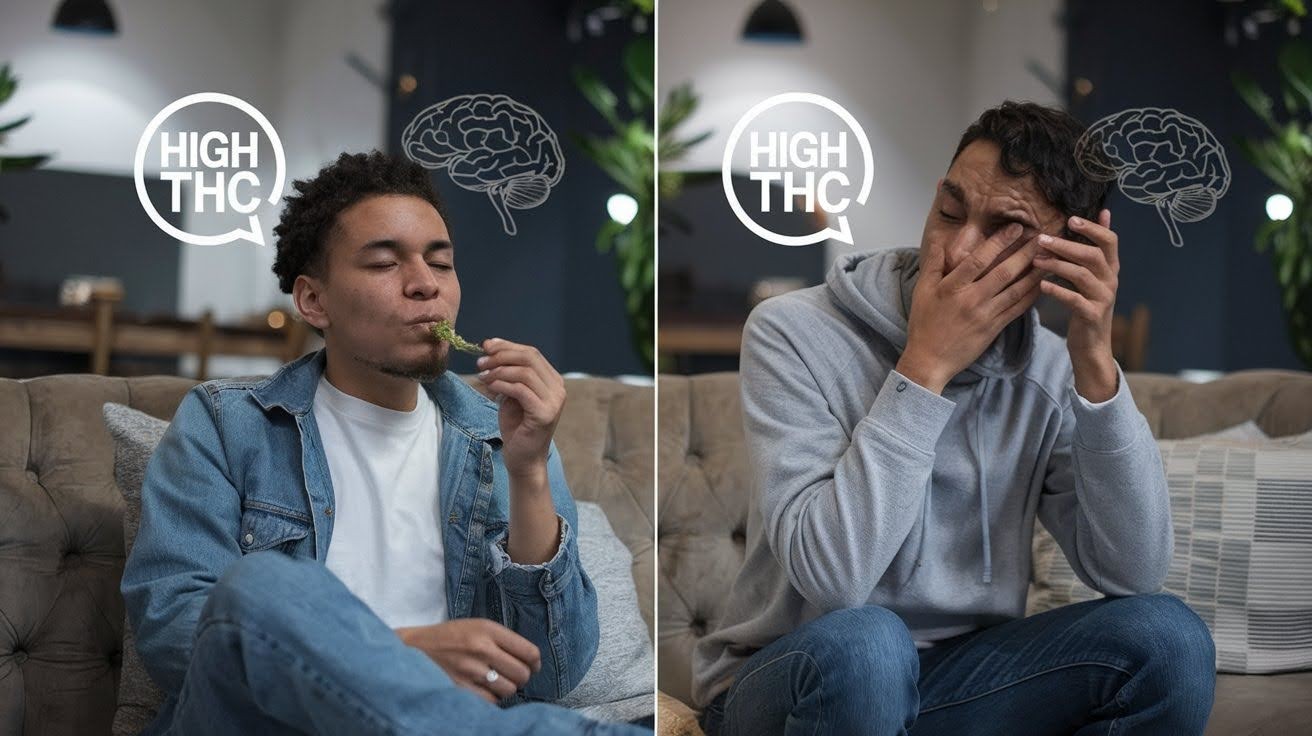
Potency isn’t everything. Your makeup matters way more than THC percentage alone. Your genetics and mental health history significantly influence how you react, far more than the strength of the product. Two people can take identical amounts and have entirely different experiences.
Some people hallucinate from small doses. Others use high-potency products with no unusual effects. It’s all about individual sensitivity.
Myth: Cannabis Hallucinations Always Indicate Mental Illness
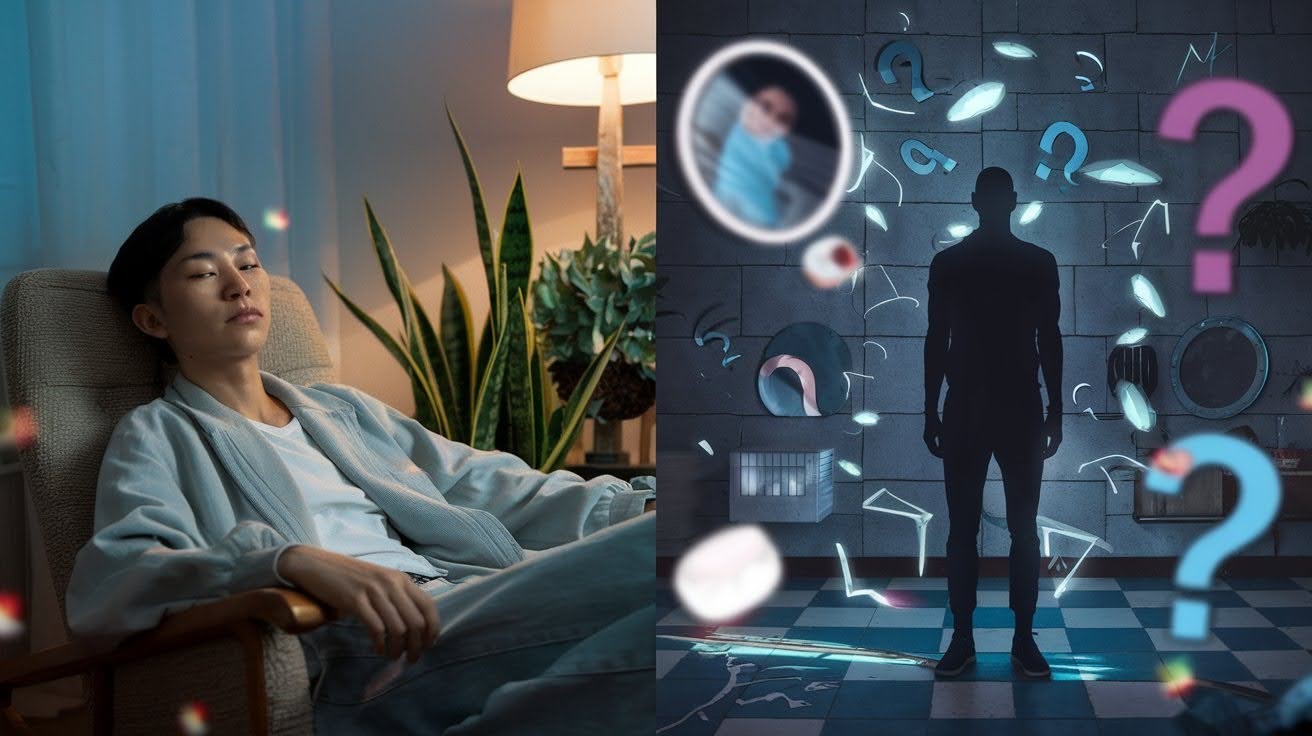
Seeing slightly enhanced colors doesn’t mean you have a mental illness. Temporary perceptual changes during intoxication are regular for some people. There’s a big difference between brief effects that fade and severe psychiatric symptoms.
You should worry when symptoms continue after sobering up or include paranoia and disconnection from reality. Otherwise, it’s likely just a temporary issue.
Conclusion
So, can weed make you hallucinate? The answer is yes, but it’s not common for most healthy users. You now have the facts, rather than myths and scare stories.
Remember the key points: THC affects your brain’s visual processing areas, but true hallucinations are rare. Your risk depends on dosage, method, genetics, and mental health history. Most people experience mild visual changes at most.
If you choose to use cannabis, start small and stay safe. Know your products, understand your risks, and have trusted individuals around you. Do you have questions or would you like to share your own experiences?
Drop a comment below your insights might help someone else make informed decisions. Stay safe and stay informed.
Frequently Asked Questions
Can weed make you hallucinate?
Yes, cannabis can cause hallucinations, but it’s rare in healthy individuals. Most people experience mild visual changes like enhanced colors or altered perception rather than true hallucinations.
What type of hallucinations does cannabis cause?
Cannabis typically causes visual distortions (brighter colors, moving patterns), auditory hypersensitivity, and altered time/space perception. True hallucinations involving seeing things that aren’t there are uncommon.
How much THC causes hallucinations?
There’s no specific amount. Individual sensitivity varies greatly. However, high-potency products (13%+ THC) and large doses increase risk. Even normal blood THC levels can sometimes trigger hallucinations.
Are cannabis hallucinations dangerous?
Brief hallucinations during intoxication are usually harmless and temporary. However, persistent symptoms after sobering up or signs of psychosis require immediate medical attention.
Who is most at risk for cannabis hallucinations?
People with mental health history, genetic predisposition, teenagers, and those sensitive to other substances face higher risks. Daily users also show increased vulnerability compared to occasional users.


